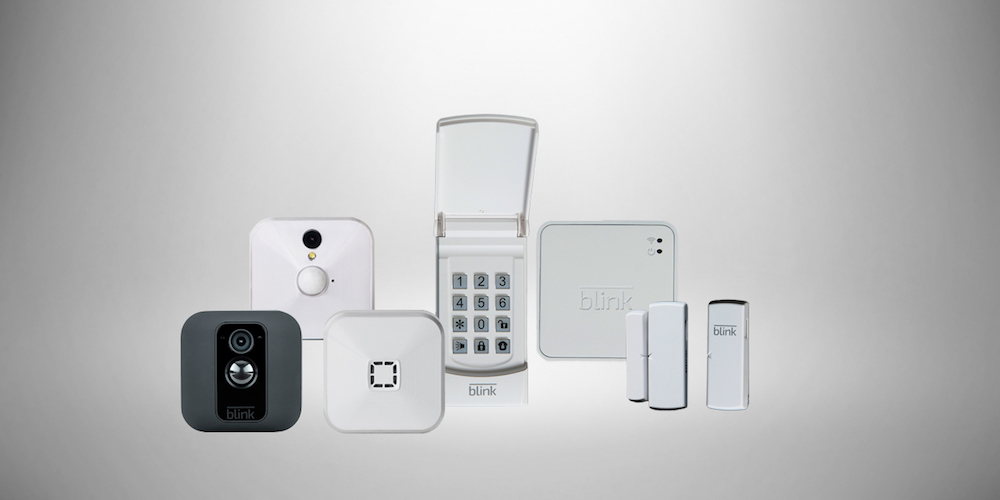The Blink wireless security camera has been an affordable Wi-Fi video solution for several years (GeekDad did a great post of the operation of the system in 2016, Blink: Wireless Home Security Cameras) and their recent announcements will add to the system, offering both interior and exterior security and protection.
The existing Blink indoor camera is known for an impressive two years of battery life from two AA lithium batteries, allowing them to be completely wire-free. The addition of the Blink XT outdoor camera allowed coverage of an entire property with up to ten cameras through a single account. Both indoor and outdoor cameras feature motion detection with instant push alerts and live view mode in 720p resolution.
Blink has just announced the availability of the Blink Panic Siren, the next piece in the Blink “Seecurity” system that was announced at CES in January. The siren features a substantial 105 decibel sound from a wireless and battery-operated unit, just like the Blink cameras, and can be activated through the Blink application (both iOS or Android) with a single tap.
The Blink Seecurity system will be a fully featured security system that will combine Blink indoor and outdoor cameras and the siren with a keypad, door/window opening sensors and water sensors. Seecurity systems will be connected to both Wi-Fi and 4G cellular through a sync module (that will not need any additional cellular plan) and will maintain the autonomous convention of the Blink cameras with battery backup and no per-camera fee. Both self-monitored and professionally monitored plans will be available (for $9.99 and $19.99 per month, respectively) – with no contract commitment. More information about the Blink Seecurity systems can be sent as it becomes available by subscribing by clicking here (direct link).
The current indoor and outdoor cameras are available in brick-and-mortar stores and online in a variety of sets.
As the Blink Seecurity family of devices continues to grow, any existing cameras or sirens will merge seamlessly into the system, adding features without the need for reprogramming or replacing hardware.
